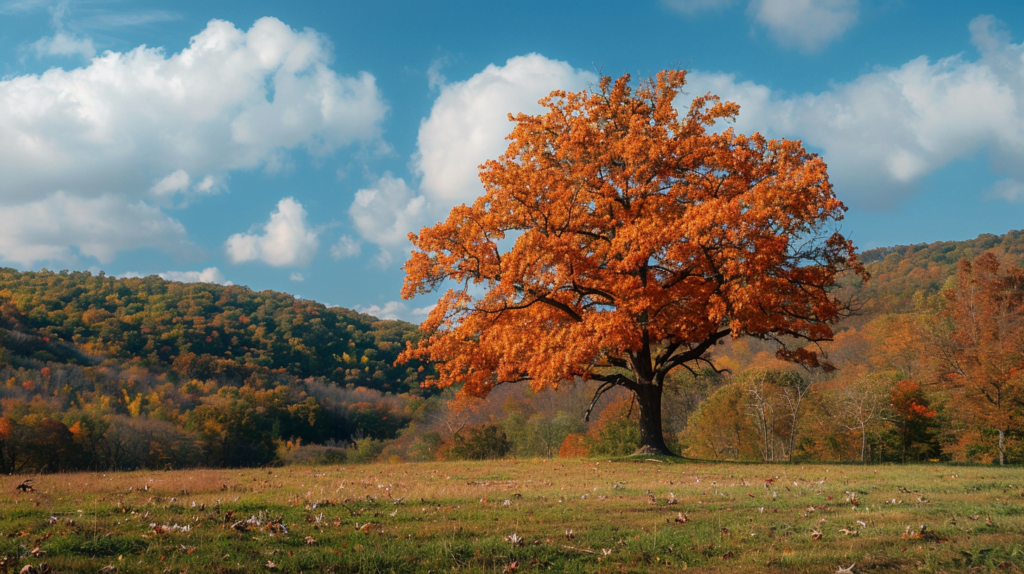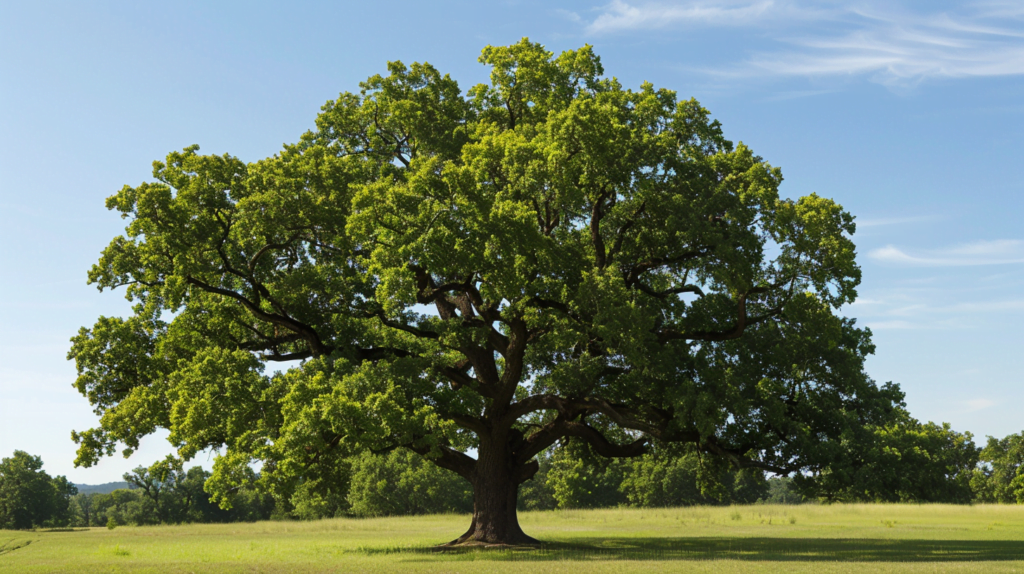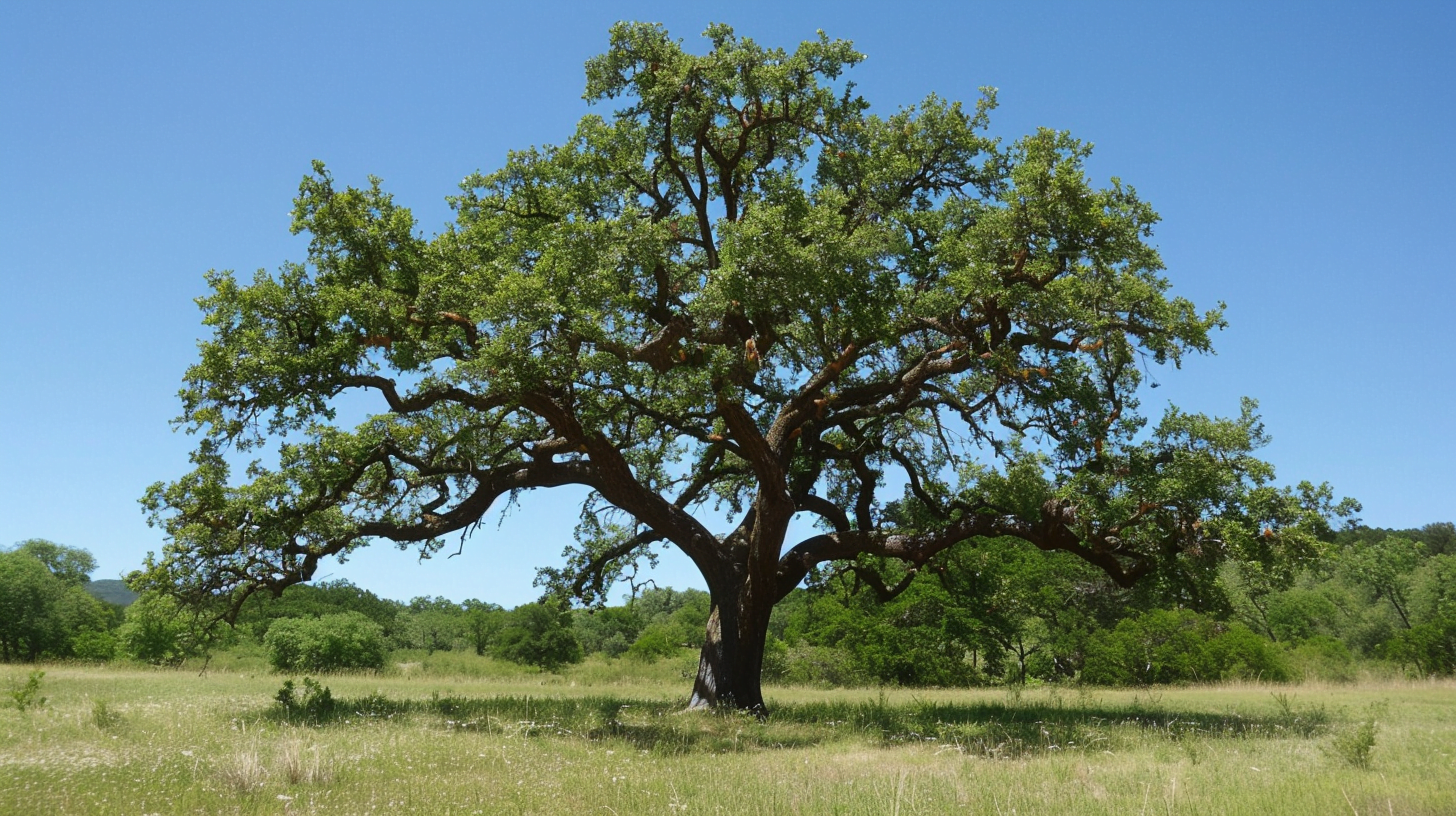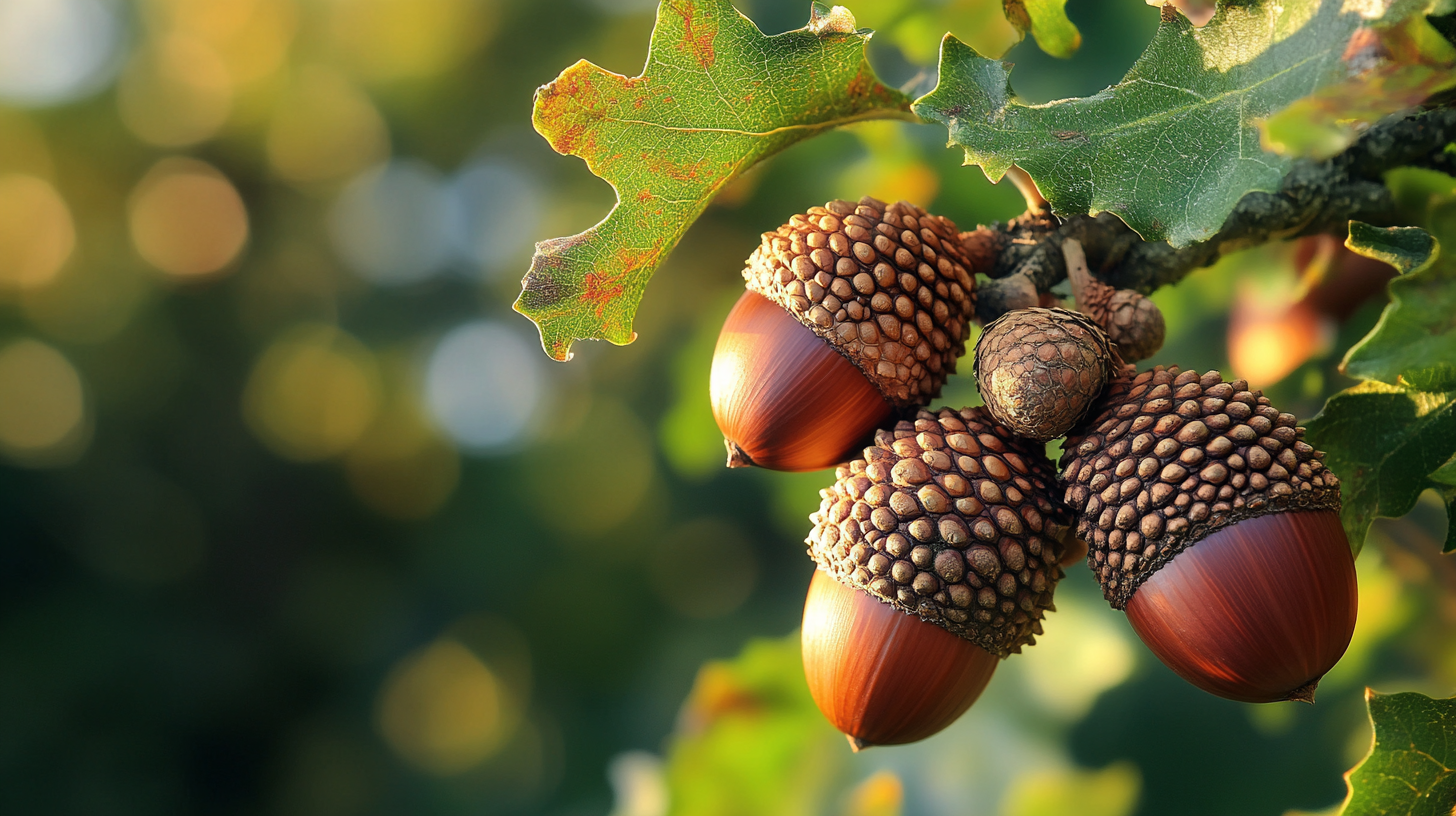Table of Contents
Oak trees are a beloved and ubiquitous sight, gracing landscapes with their majestic presence. However, their leaf-shedding habits often raise questions. Are oak trees deciduous, shedding their leaves annually, or are they evergreen, retaining their foliage year-round? Let’s unravel this botanical mystery.
While most oak species are deciduous, shedding their leaves annually, some oak varieties exhibit evergreen characteristics, retaining their foliage year-round. Understanding the differences between deciduous and evergreen trees is crucial for proper tree care and management.
Understanding Deciduous and Evergreen Trees
Deciduous Trees: These trees shed their leaves annually, typically in response to changing seasons and environmental conditions. The leaf drop is a natural process that helps the tree conserve energy and prepare for dormancy during the colder months.
Evergreen Trees: As the name suggests, evergreen trees retain their foliage throughout the year. Their leaves may persist for several years before being gradually replaced by new growth.
Knowing whether a tree is deciduous or evergreen is essential for providing the appropriate care and maintenance. Deciduous trees may require leaf raking and pruning during dormancy, while evergreen trees have different watering and fertilization needs.
The Deciduous Nature of Most Oak Species
The oak family (Quercus) is diverse, comprising numerous species that exhibit varying leaf-shedding behaviors. However, the majority of oak trees are deciduous, shedding their leaves annually.
The leaf drop in deciduous oaks is influenced by several factors, including:
- Temperature changes: As temperatures cool in autumn, the trees prepare for dormancy by shedding their leaves.
- Daylight hours: Shorter daylight hours trigger chemical changes within the trees, prompting leaf drop.
- Environmental cues: Factors like rainfall patterns and soil conditions can also influence leaf shedding.
Some common examples of deciduous oak varieties include:
- Red oak (Quercus rubra)
- White oak (Quercus alba)
- Bur oak (Quercus macrocarpa)
- Pin oak (Quercus palustris)
These deciduous oaks undergo a spectacular display of fall foliage before shedding their leaves for the winter months.
Evergreen Oak Varieties: The Exceptions to the Rule
While most oak species are deciduous, there are exceptions to the rule. Some oak varieties are evergreen, retaining their foliage year-round. These evergreen oaks have adapted to specific geographical regions and climatic conditions.
Examples of evergreen oak varieties include:
- Live oak (Quercus virginiana)
- Cork oak (Quercus suber)
- Canyon live oak (Quercus chrysolepis)
- Coastal live oak (Quercus agrifolia)
Evergreen oaks are typically found in regions with milder winters and warmer climates, such as the Mediterranean basin, parts of the southern United States, and coastal areas. Their ability to retain leaves year-round is an adaptation to these environments, allowing them to continue photosynthesizing and conserving water during the cooler months.

The Transition: Semi-Evergreen and Drought-Deciduous Oaks
In addition to deciduous and evergreen oaks, there are also semi-evergreen and drought-deciduous varieties that exhibit unique leaf-shedding patterns.
Semi-Evergreen Oaks: These oak species retain some of their leaves throughout the year while shedding others. Examples include the Mexican blue oak (Quercus oblongifolia) and the Engelmann oak (Quercus engelmannii).
Drought-Deciduous Oaks: As the name suggests, these oak varieties shed their leaves in response to prolonged drought conditions as a water conservation mechanism. Examples include the blue oak (Quercus douglasii) and the valley oak (Quercus lobata).
These transitional oak varieties demonstrate the adaptability of the oak family to various environmental conditions and highlight the diversity within the Quercus genus.
Caring for Deciduous and Evergreen Oaks
Proper care and maintenance of oak trees depend on their leaf-shedding habits. Here are some key considerations:
Deciduous Oak Care:
- Rake and remove fallen leaves to prevent disease and pest infestations.
- Prune during dormancy to encourage healthy growth in the spring.
- Provide adequate water and nutrients during the growing season.
Evergreen Oak Care:
- Maintain consistent watering, especially during dry periods.
- Fertilize regularly to support continuous growth and foliage.
- Prune judiciously to maintain the desired shape and size.
Understanding whether your oak tree is deciduous or evergreen is crucial for providing the appropriate care and ensuring its long-term health and vitality.
Oak Trees in Landscaping and Urban Environments
Oak trees are highly valued in landscaping and urban environments for their beauty, shade, and ecological benefits. However, their suitability depends on their leaf-shedding habits and specific requirements.
Deciduous Oaks in Landscaping:
- Provide seasonal interest with their vibrant fall foliage.
- Offer shade during the summer months and allow sunlight to filter through in winter.
- May require leaf raking and cleanup during the fall season.
Evergreen Oaks in Landscaping:
- Provide year-round shade and privacy.
- Suitable for areas with limited space, as they typically have a more compact growth habit.
- Require consistent watering and maintenance.
In urban areas, both deciduous and evergreen oaks can be incorporated into green spaces, parks, and streetscapes. However, considerations such as available space, root systems, and maintenance requirements must be taken into account.
Fascinating Oak Tree Facts and Trivia
Oak trees are not only beautiful and diverse but also steeped in history, culture, and fascinating trivia:
- Longevity: Some oak species can live for hundreds, even thousands, of years, making them among the longest-lived trees on Earth.
- Historical Significance: Oak trees have played a significant role in various cultures, from providing shelter and food to being revered as sacred symbols.
- Unique Uses: Oak wood has been prized for its strength and durability, used in construction, shipbuilding, and furniture making. Acorns, the fruit of oak trees, have been a valuable food source for humans and wildlife alike.
- Cultural and Mythological Significance: In many traditions, oak trees symbolize strength, endurance, and wisdom. They have been associated with deities and mythological figures across various cultures.

Conclusion
Oak trees are a fascinating and diverse group, with both deciduous and evergreen varieties. While most oak species are deciduous, shedding their leaves annually, some oak varieties exhibit evergreen characteristics, retaining their foliage year-round. Understanding the leaf-shedding habits of oak trees is crucial for providing proper care and appreciating their unique adaptations to different environments.
Whether you have a deciduous oak gracing your landscape with its vibrant fall foliage or an evergreen oak providing year-round shade, these majestic trees offer beauty, ecological benefits, and a rich tapestry of cultural and historical significance. Embrace the diversity of the oak family and appreciate the wonder of nature’s resilience and adaptability.




